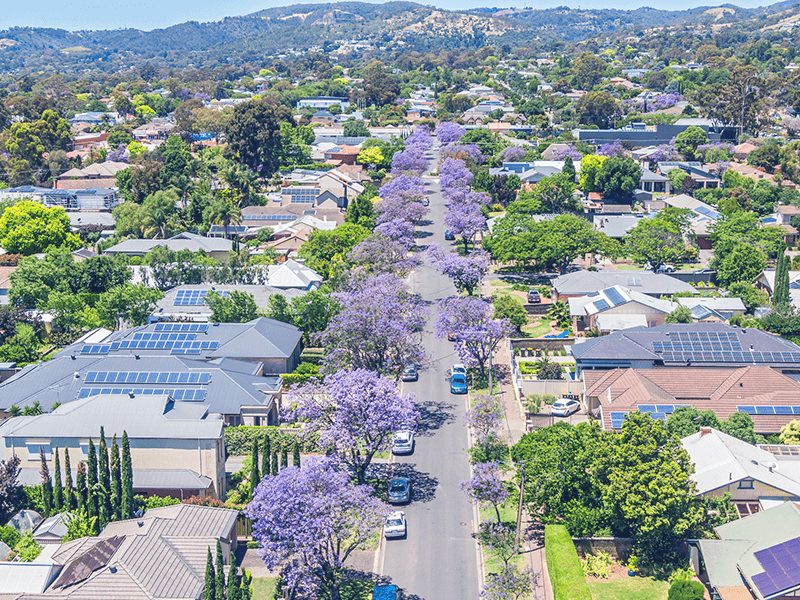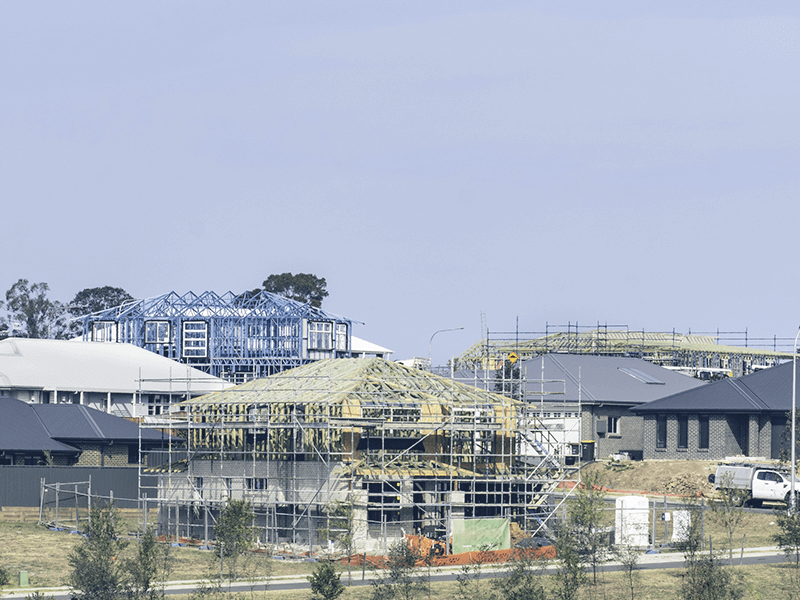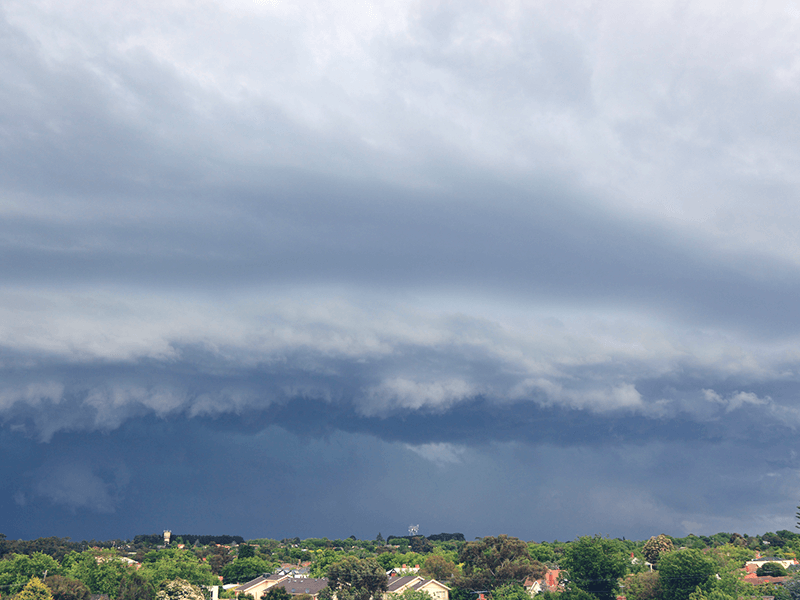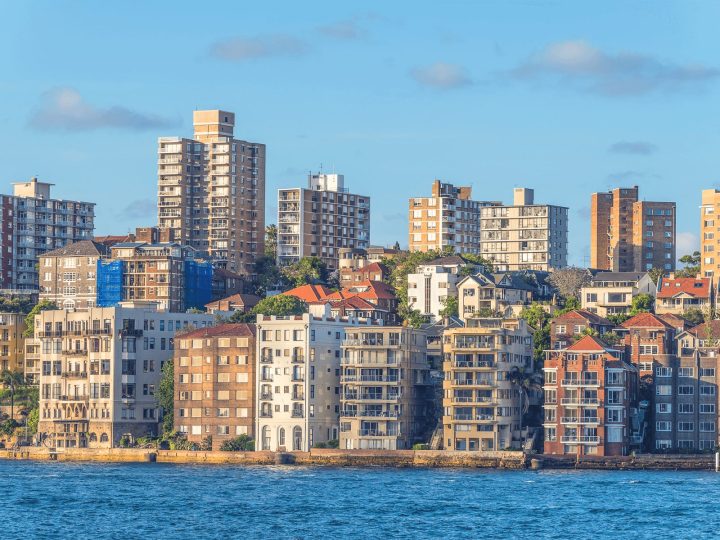Are you thinking about moving properties in 2025? Well here’s our comprehensive guide of everything you need to know about what the rental market will look like in the next year. From the best times to move, to the suburbs sprouting the most bang for your buck, we’ve got you covered. It pays to forward plan and take charge of the upcoming year, keep reading to do just that.
Let’s kick things off with the best time of year to move!
The highly contended topic of when to move plagues many wannabe renters. For those who have already signed a lease agreement, it’s less important as you’re subject to looking for a new place when your agreement ends. With that being said, there are more opportune seasons and months to move, particularly if you live in any of the capital cities.

When looking at seasons, it’s often stated that winter is the best time to move, particularly in Sydney. Firstly, the weather is often cooler making the moving process easier and less physically demanding. Secondly, a decline in rental demand is typically recorded as university students are on holiday and tourism slows down, meaning there is less competition for those scouring the rental market.
When we drill down into specific months, there tends to be some disagreement between industry experts. Disagreements aside, we can still find insightful commonalities that could inform your decision-making. It’s often said that listings are at their highest in January at 19%, however, it pays to beware of unseasonably hot weather that time of year. Additionally, April and May are seen as the cheapest months to secure a rental, but with April having the least amount of listings in the year it can take longer to find a bargain.
So, which Aussie suburbs are predicted to be the most affordable in 2025?
The age-old question beckons, as we’re all after a bargain. It’s no secret that the rental market has been tight and competitive for a few years now, with affordable rent seeming like a distant memory. Thankfully some suburbs have been flagged as ones to jump on in 2025.
Starting with regions, Hobart remains the most affordable for both unit and house rents of any capital city in Australia. Following closely behind are Adelaide and Melbourne. Adelaide ranks second for apartment affordability and Melbourne ranks second for house affordability.
Now let’s take a look at specific suburbs! When we look at Sydney, the city that regularly appears toward the top of the Cost of Living City Index, we can observe a trend. Suburbs West of the city appear to be the most affordable, with inner-city suburbs like Newtown and Ashfield being followed by Casula, Guildford, Minto, Padstow and Westmead.

Sticking to the Eastern seaboard, the Melbourne suburbs of Melton, Albion, Werribee and Cranbourne are predicted to be the most affordable in 2025. Australia’s fastest-growing capital city, Brisbane sees its Southern suburbs of Rocklea, Springfield Lakes, Salisbury and Ripley as the most affordable for renters.
Finally, let’s jump over to WA to take a look at Perth. With booming mining and energy industries the state’s capital is becoming a cosmopolitan hub, with many Sydney-siders seeking it out due to its similar climate, beaches and affordable properties. In terms of affordable suburbs Balcatta, Banksida Grove, Belmont and Golden Bay top the list.
What are the rental trends going to be in 2025?
We’ve got good and bad news. Should we rip the bandaid off and start with the bad news?
It’s no surprise that we’re in a rental crisis with prices in Sydney set to continue skyrocketing. Micahel Yardney from Metropole has stated, “Since Australia opened international borders in early 2022, Sydney has become a major recipient of new residents, both skilled immigrants and overseas students, putting extra pressure on the Sydney property market, particularly the rental markets.”

So, what’s the good news? It’s been reported that rental asking prices across Australia holistically are predicted to plateau in 2025, showing signs of the rental crisis slowing and cooling. While it’s understandably been a difficult time for Aussie renters, hopefully, 2025 will bring some reprieve.
Living in the land down under it’s important to plan for the weather!
We could talk about rental market conditions until we’re blue in the face, but it’s important to also consider weather conditions. Movers will operate rain, hail or shine, that’s no secret, but that doesn’t mean you can’t be strategic about when you move.
What are the weather predictions for 2025? The Bureau of Meteorology has illuminated two possible trends for early next year. Firstly, above-average rainfall is predicted for the East Coast in summer, with rainy days and afternoon storms being more prevalent than in previous years. Secondly, warmer-than-average days and nights have been predicted for large parts of Australia, meaning that the heat you may be trying to avoid by moving in the early morning or late afternoon may not be achieved in early 2025.

As a rule of thumb, if you’re moving in:
- Summer, be aware of rainy weather and afternoon storms
- Autumn, this is the ideal time due to mild weather conditions
- Winter, be aware of cold temperatures looking out for insulation in your new home
- Spring, be aware of high winds and allergens that could get into your new home
Don’t forget to…
If you’re reading this it means you’re already ten steps ahead on your renting journey, so we thought we’d provide you with a to-do list to peruse before starting your new home search.

Still want more information? Take a look at our cheatsheet for moving out of your rental property as well as everything you need to know about moving into a flatshare.
Disclaimer:
While this blog provides general information about renting, it is not a substitute for professional legal or financial advice. Rental laws and regulations vary by state and territory in Australia. Tenants need to conduct their own research and seek advice from relevant authorities or professionals when making decisions about renting.

